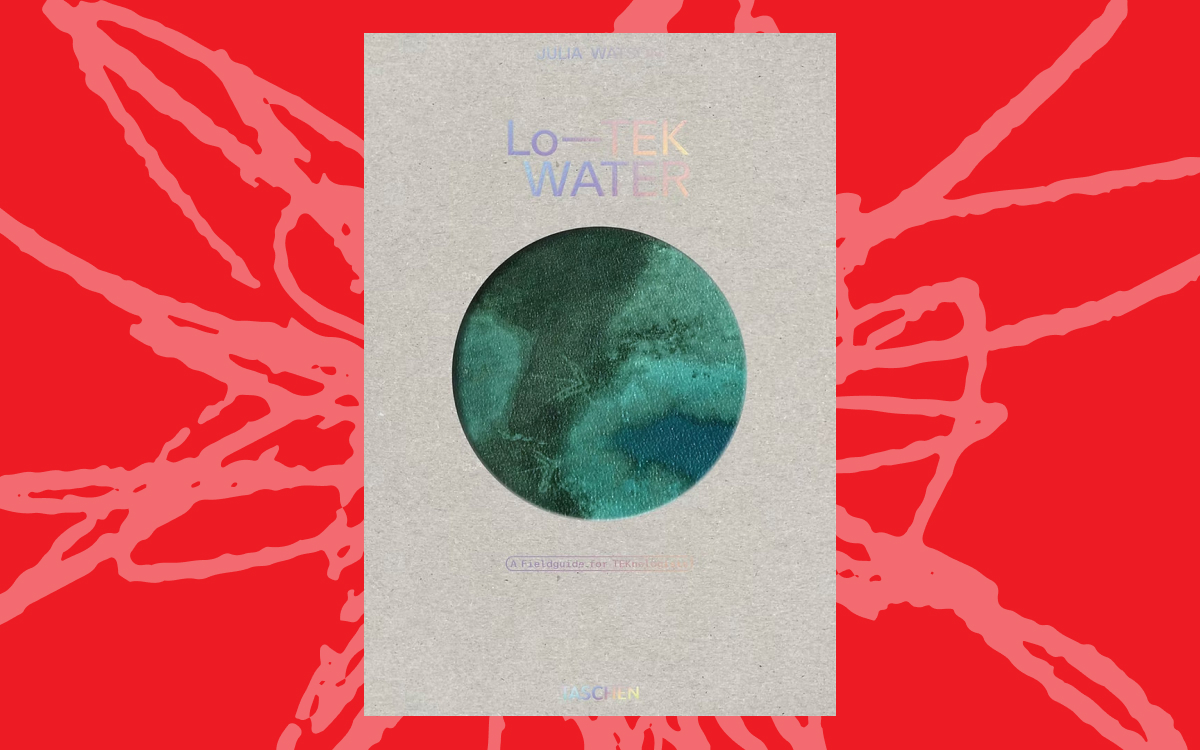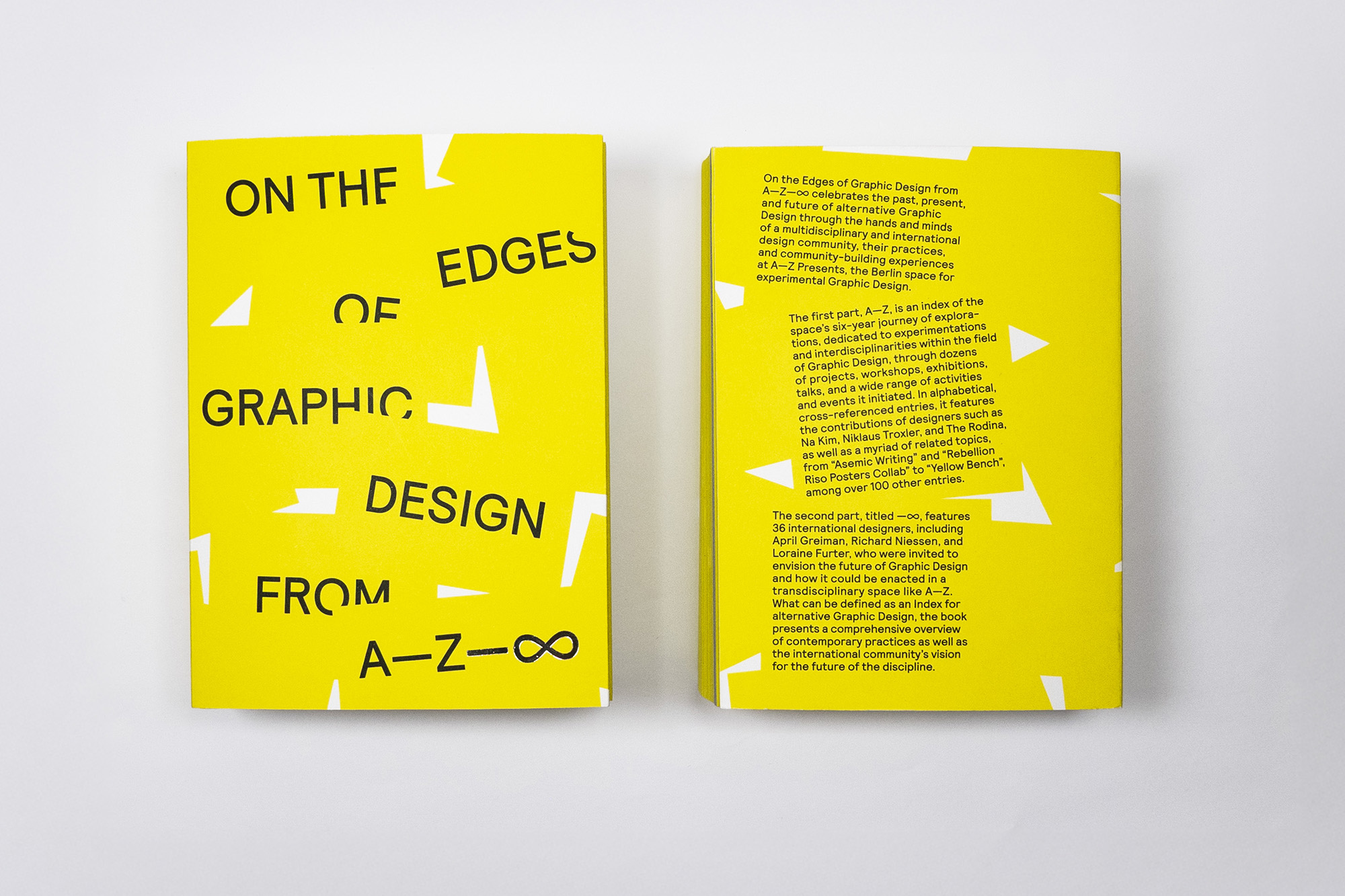**I first spoke to the designer, author, and researcher Julia Watson at the 2020 AIGA Design Conference, where I interviewed her live — over Zoom — for a companion podcast episode (episode 175). Deep into the pandemic, I found her first book, LO-TEK: Design by Radical Indigenism, to be a balm. Featuring ecological knowledge systems from around the world, the book countered so much techno-optimism to showcase how ancient ways of living could function as contemporary solutions for the climate crisis. Five years later, Julia is back with a new book, LO-TEK: Water: A Field Guide for TEKnology. This books zeroes in on water-based Indigenous technologies that show a future for understanding water not just as a resource but as a living teacher. I caught up with Julia to talk about the new book, why water has so much to teach us, and where the LO-TEK initiative goes next. **
Your new book, LO-TEK Water: A Field Guide for TEKnology, comes a little over five years after your last book, LO-TEK: Design by Radical Indigenism. How does this new build upon LO-TEK? Why water?
Water is so often cast as a threat — something to defend against, control, or contain. But from an Indigenous perspective, that’s a profound misunderstanding. Water isn’t the enemy; it’s a teacher. Its movements, rhythms, and even its warnings have always carried knowledge — we’ve simply forgotten how to listen.
LO–TEK Water builds on LO–TEK as a philosophy by extending it into a new framework I call TEKnological Urbanism. This marks a shift from the ecological and regenerative urbanism paradigms of the late twentieth and early twenty-first centuries toward a new urbanism that is social, cultural, and environmentally responsive — one that is respectful, crafted with care, and built around living human systems.
While regenerative urbanism focuses on restoring ecological balance, TEKnological Urbanism goes further by grounding regeneration in cultural continuity and living knowledge systems. Regenerative approaches often operate within a Western scientific paradigm — they measure, model, and restore ecosystems, but still tend to treat nature as something external to humanity. TEKnological Urbanism, by contrast, dissolves that divide. It recognizes that ecological intelligence is already embedded in ancestral technologies, practices, and social structures — and that regeneration must also mean regenerating values, relationships, and reciprocity.
Rather than focusing solely on green infrastructure or circular economies, TEKnological Urbanism centers care and kinship as design principles — between people, land, and water. It celebrates new TEKnologies that merge Indigenous intelligence with contemporary tools, creating hybrid infrastructures that reflect not just innovation, but reverence. In doing so, it invites us to imagine cities that don’t resist water, but learn from it.
This story is exclusive to Substack subscribers.
Already a supporter? Click here to read the entire story.



